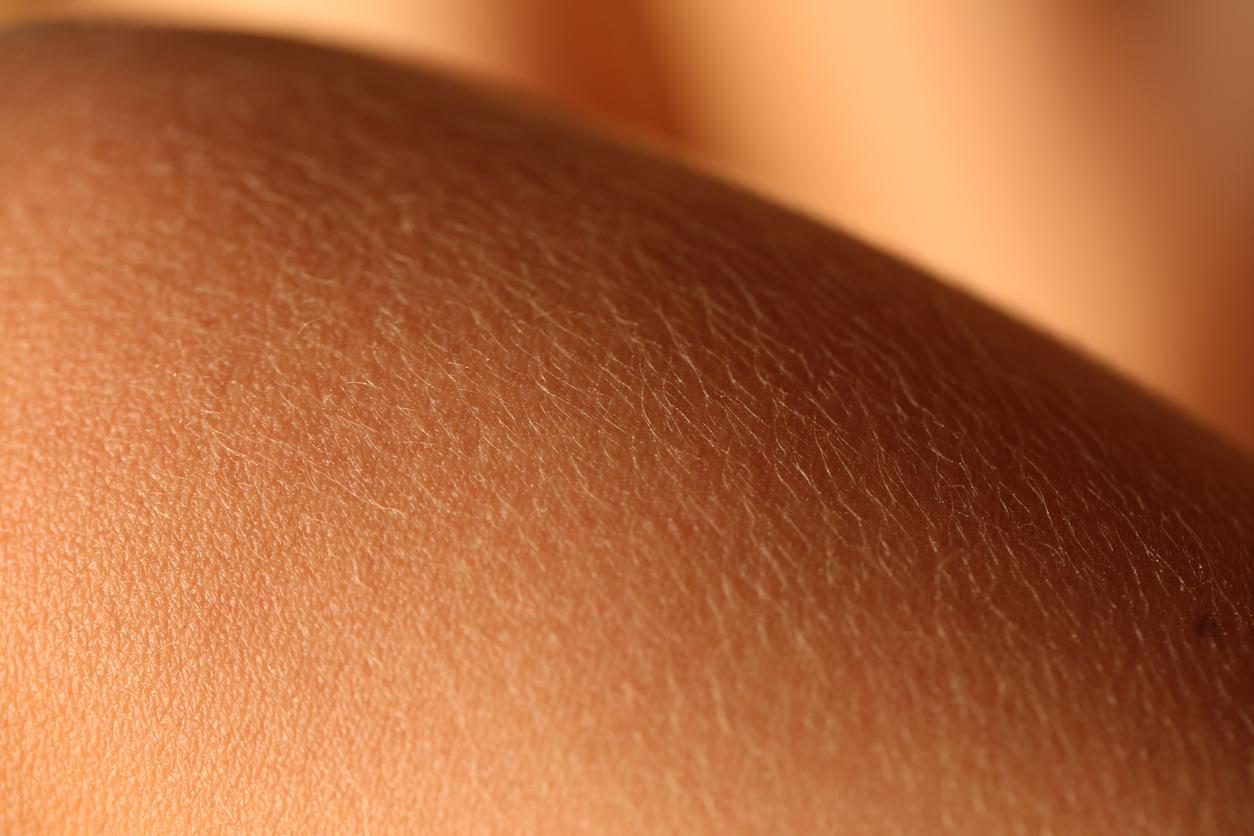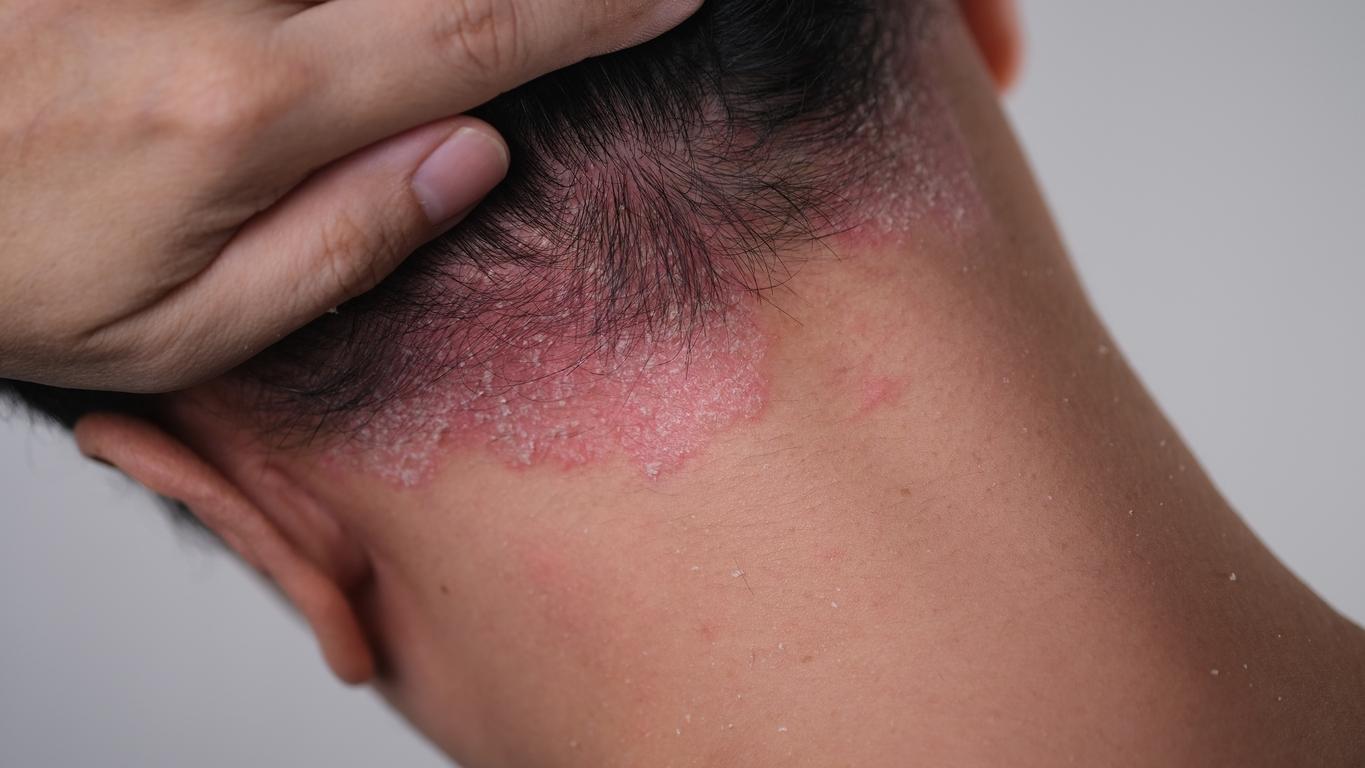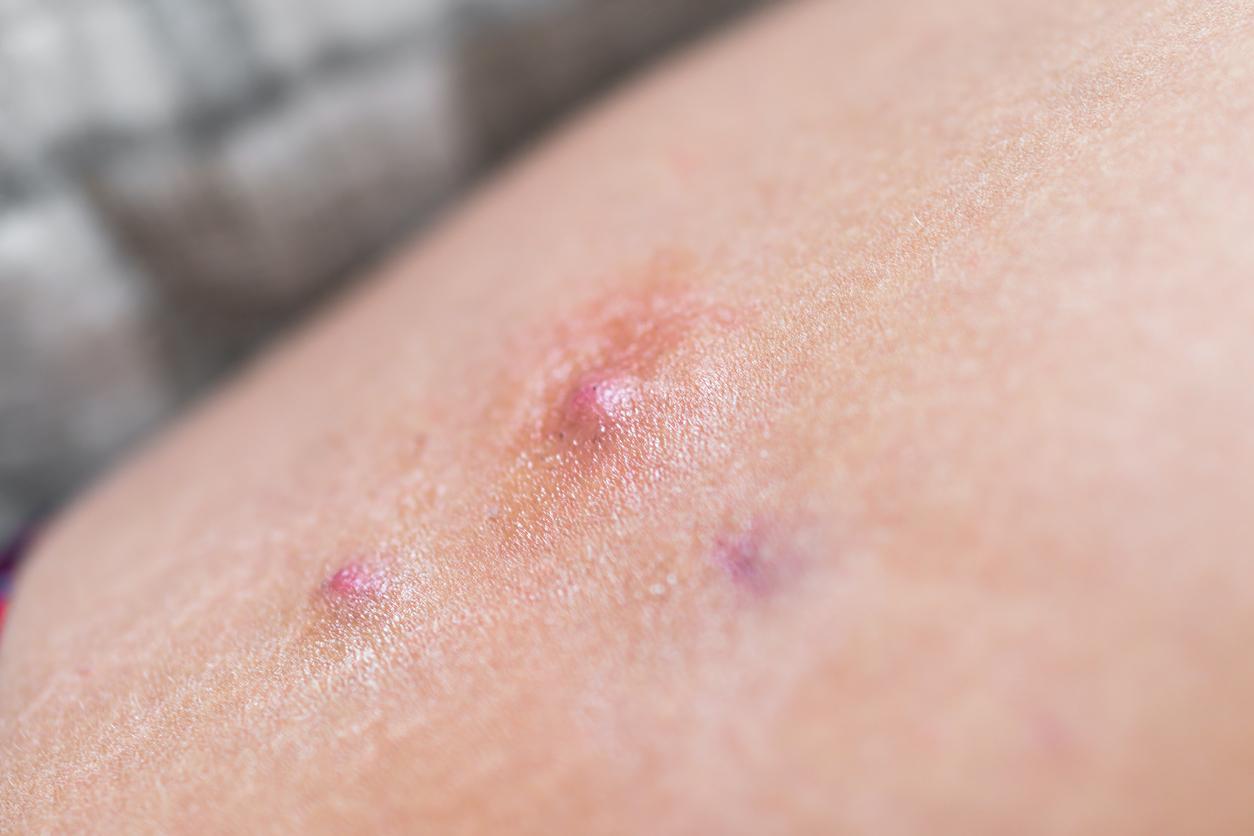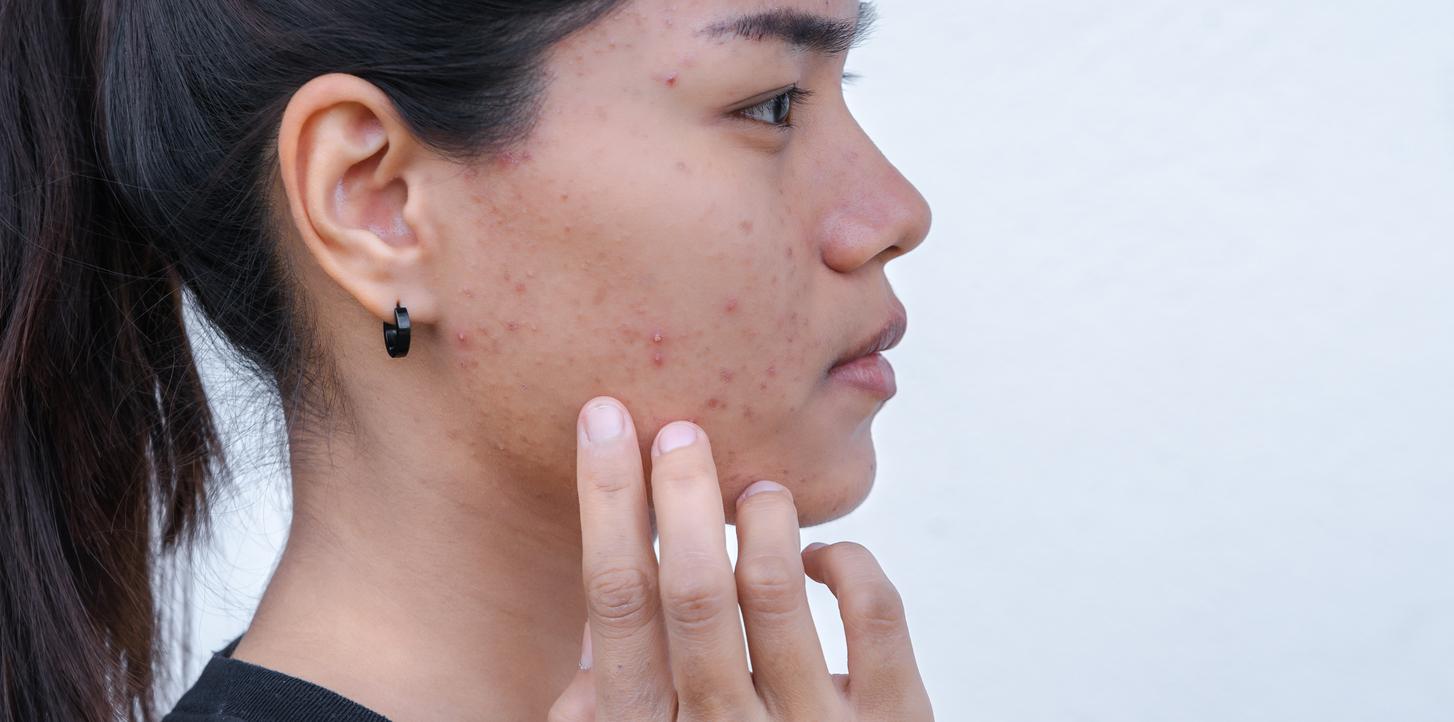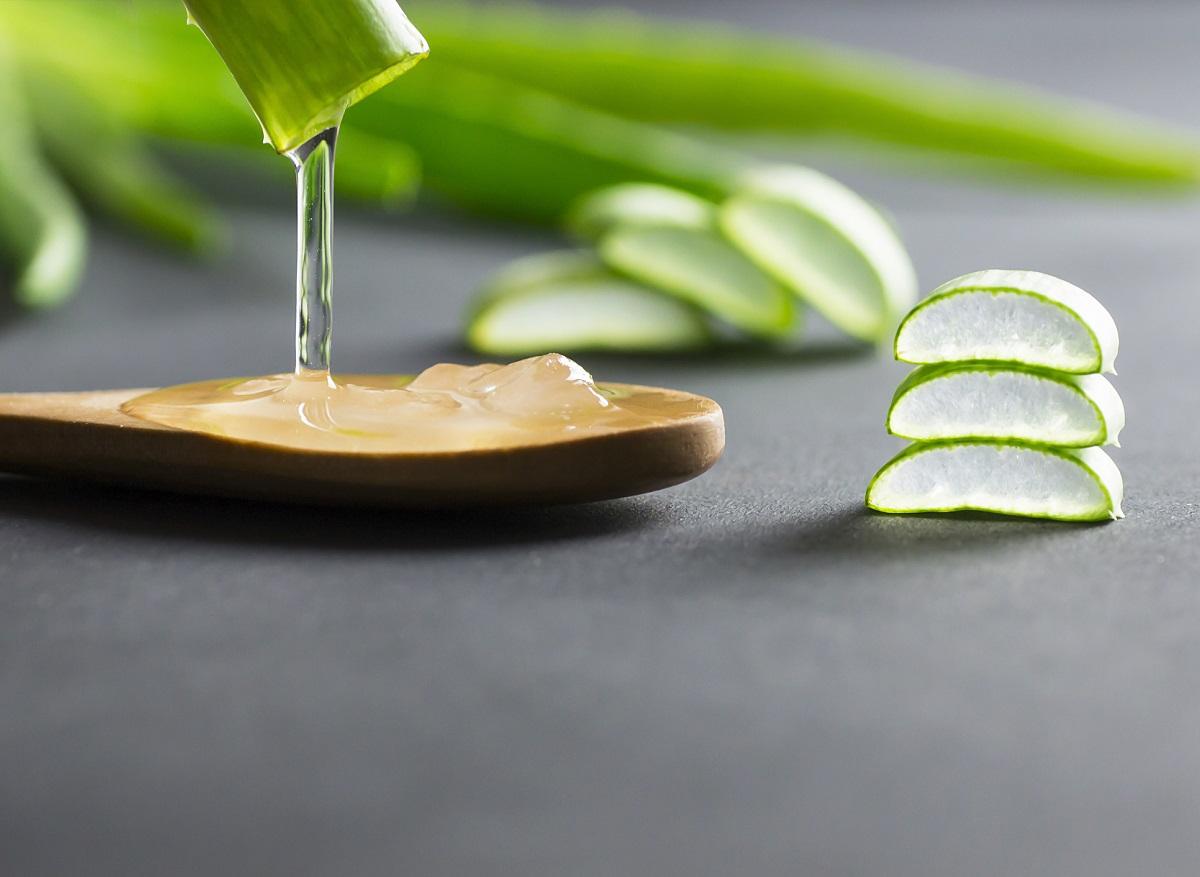The main causes of pigment spots
The overproduction of melanin, the cause of hyperpigmentation of the skin, can have several causes.
–UV exposures. Called actinic lentigo, these spots have a round shape and are brown in color.
–Melasma or Chlorasmabetter known as pregnancy mask, types of spots usually caused by hormonal changes. They take on the appearance of brown patches located on the forehead, cheekbones, cheeks, above the lips.
They disappear in principle once the pregnancy is over or with the cessation of a treatment having an impact on the hormonal system. Finally, scars, contact dermatitis (eczema) and other irritations linked, for example, to excessively harsh skin cleansing or acne can lead to the formation of pigment spots.
The consequences on the skin
Hyperpigmented skin exhibits further sun-induced damage. They are drier. “Over time, helioderma, i.e. the premature aging of the skin induced by the sun, appears. We then observe fine lines and wrinkles, thickened skin, cardboard and yellowish”, describes Dr. Schartz. The risk of melanoma, an aggressive form of skin cancer, is also increased. It can be easily confused with actinic lentigo, hence the interest of consulting a dermatologist to take care of these sun spots, specifies our expert.
The right beauty routine
Remember to hydrate your skin well. We avoid irritating products, because any irritation of the skin can aggravate or even lead to hyperpigmentation, especially in the case of melasmas. Exit also any drying care, make-up and make-up removal.
A photoprotection against the sun at a maximum SPF is essential both during the depigmenting treatment and as a preventive measure.
Finally, make up with low-irritant products suitable for skin with pigmentary disorders that contain depigmenting agents but also moisturizing substances and sunscreens.
Cosmetic treatments for dark spots
For stains already installed, depigmenting creams which will act on the superficial layers of the dermis have been developed by cosmetic laboratories such as Clinique (Even Better Clinical anti-dark spot correction concentrate), Vichy (Idealia Pro dark spot corrector), Avène (D-Pigment), etc. “Cosmetics will make it possible to improve the complexion and reduce spots significantly”, explains Dr. Emmanuelle Moirand, director of scientific communication at Clinique.
If they are not going to make the Brown stains, the lightening agents, antioxidants and exfoliants present in these treatments can help to fade them. More specifically, they will “decrease the production of melanin, block or repair UV-induced damage (antioxidants) and promote desquamation and therefore eliminate the pigment accumulated in the skin”, underlines Dr. Schartz.
Among the most popular active ingredients available without a medical prescription, the winning combination is based on an exfoliating active ingredient, such as sacylic acid, fruit acids (AHA) and an active ingredient that prevents melanin synthesis such as vitamin C, Arbutin or Rucinol.
On the application side, we put the stain remover before the foundation. But some laboratories have developed foundations with an integrated depigmenting active ingredient.
When to go to the dermatologist
When anti-spots without medical prescription have no effect, you can consult a dermatologist. A hydroquinone-based treatment, a reference in depigmenting treatment, can be considered. There are also treatments with lasers or peels, indicated in the case of melasma. “The peeling consists of eliminating a layer of precise and controlled thickness to eliminate the existing pigmentation and obtain the regeneration of the skin”, indicates our dermatologist.
Thanks to Dr Noel Schartz dermatologist in Paris and Dr Emmanuelle Moirand, director of scientific communication at Clinique.










